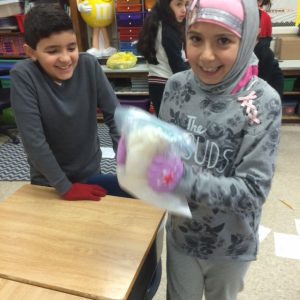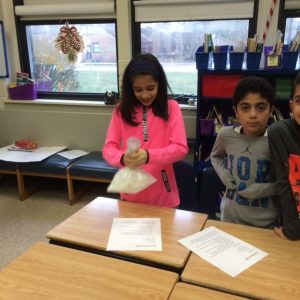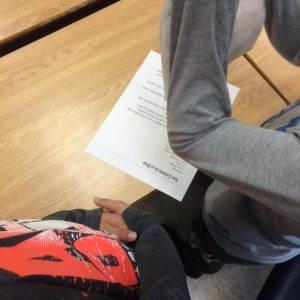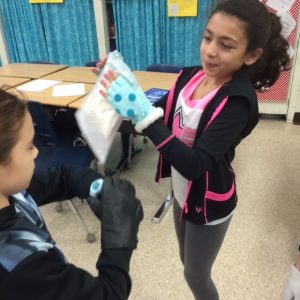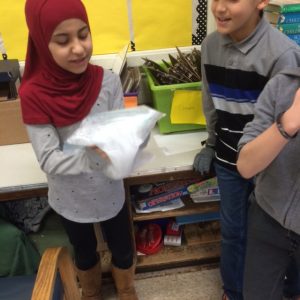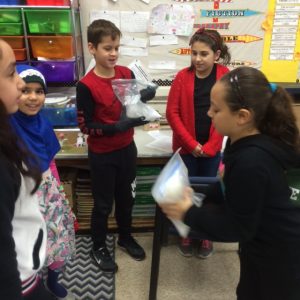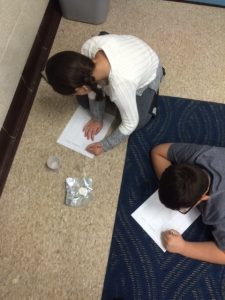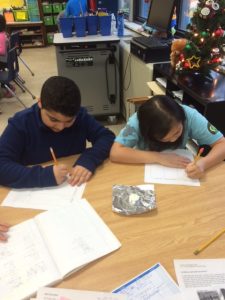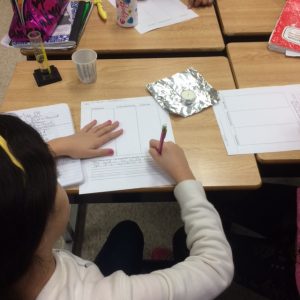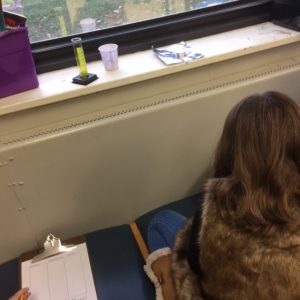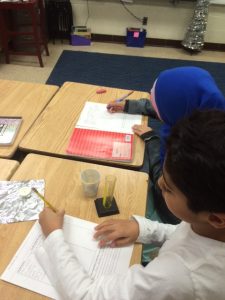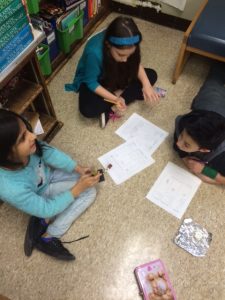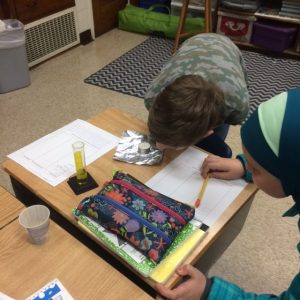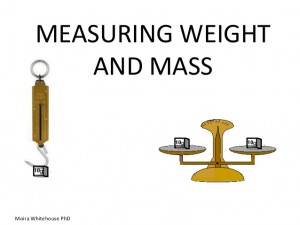We have been studying the states of matter and their identifying properties. The students have several sources in their science notebook to review (state of matter chart, properties of matter chart, matter math, and venn diagram). There are also several suggestions on the website to review the concepts.
They will need to identify states of matter, compare and contrast states of matter, and explain how matter can change its state.
